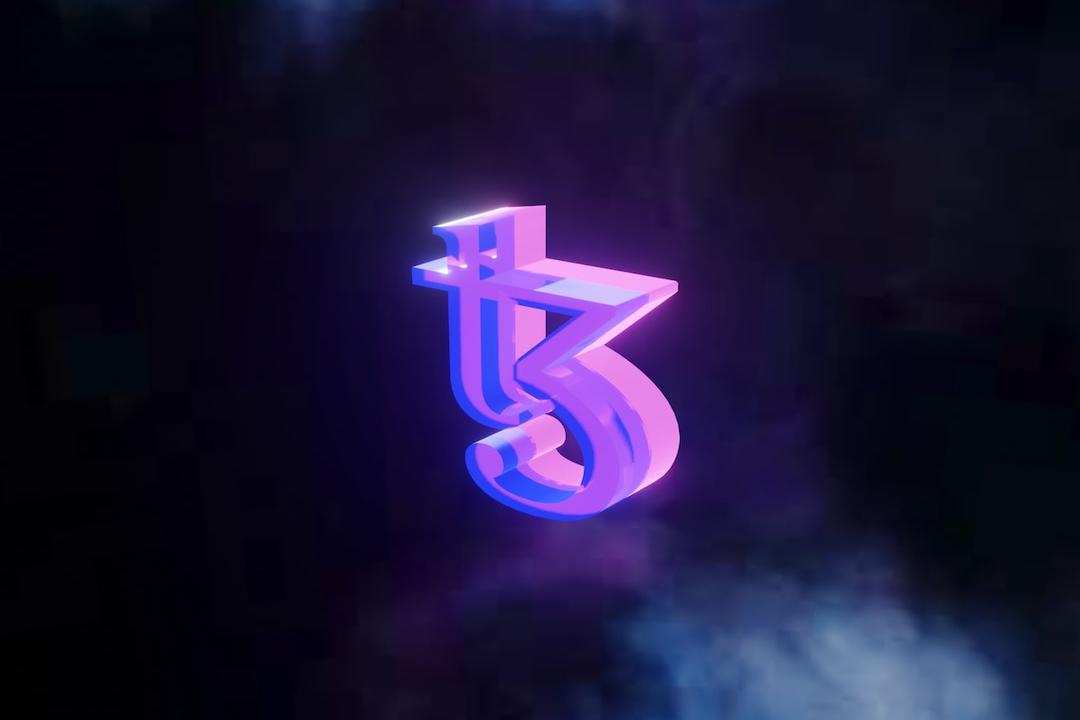In today’s encrypted world, modular blockchains have become a major mainstream narrative. Cryptocurrency researcher Dan Smith has conducted an in-depth study of the data situation of the modular blockchain Celestia and has written an article detailing the cost, user demand, and pricing model of Celestia. This article is sourced from Dan Smith’s tweet and is organized, translated, and written by DeepTech.
(Previous Summary: Single-chain vs. Modular Blockchains: Ethereum, Solana, and Celestia in the Competition Field)
(Background Supplement: What is the Modular Blockchain Celestia? Project Features, Token Economy, and Secondary Market Indicators)
Table of Contents:
Summary
Background
Current On-chain Activities
Cost
User Demand
Pricing Model
Currently, the demand from users is small, but this is not a problem. The team has successfully achieved RaaS integration.
The cost may be a long-term issue. Where will sustainable demand come from?
First-price auctions are inefficient, as proven by Manta.

Celestia is designed for a data availability network. Compared with the largest DA layer, the Ethereum mainnet, it can reduce data costs by 99.9%.
Users can release any data into a designated “namespace” blob in Celestia. The blob contains data and other key information, including the namespace as the blob ID.
Then, users can access the data by querying Celestia’s “blobspace” and filtering specific namespaces.
Namespaces can be encoded in hexadecimal, base64, or plain text strings.
Application developers are encouraged to use plain text strings so that we don’t have to guess which namespace your Rollup was released to!
Celestia was launched just two months ago. So far, users have released data to a total of 56 namespaces. We usually see users releasing data to 3-6 namespaces per day, with a data size of 30-50 MB.

87% of all data released to Celestia is sent to 3 namespaces:
Astroglyph, an inscription service that allows users to release any data to Celestia
MantaNetwork, an OP Stack Rollup launched with Caldera
808080808080808, an unknown namespace that looks like a Rollup
In comparison, the Ethereum mainnet currently has about 15 Rollups, releasing 700 MB of data per day, with Arbitrum and OP Mainnet releasing approximately 120 MB and 80 MB of data per day, respectively.
After EIP-4844 is implemented, Ethereum will support a maximum of 5400 MB of data per day.
Ethereum prioritizes scarce block space, while Celestia is built on abundant block space.
With 15-second block time and 8 MB blocks, the network can currently support up to 46,080 MB of data per day. In other words, Celestia currently only utilizes 0.1% of its data capacity.
With a usage rate of 0.1% and considering that Celestia has only been around for two months, I wouldn’t consider this a signal of insufficient demand.
The current data usage rate is 0.1%, and the total cost is significantly lower. Celestia generates approximately 5 TIA or $65 in fees per day.
This means that Celestia users are paying 0.024 – 0.24 TIA or $0.31 – $3.12 per MB of data released.
The current cost is low, but what about the future? If Celestia achieves a daily data capacity of 46,080 MB for a full year at a TIA price of $13, the network will generate approximately $5.2 million in annual fees. This would be 65 times the data released to Ethereum.
If the growth continues, users will be forced to engage in bidding wars, resulting in increased costs as users’ price tolerance increases.
The network can increase the block size from 8 MB to larger sizes through voting, but the number of full nodes and the limitations of the Cosmos SDK restrict the maximum block size.
Further reading:
In-depth Analysis of Celestia’s Core and Economic Model: Modular Blockchain Narrative Set to Explode?
So where will the 65-fold demand come from? Will it come from high TPS general chains, specific applications, or games?
It’s hard to say, but even so, these fees are negligible compared to the current valuation.
However, you can’t identify the source of demand today or clearly state it as the reason for Celestia’s future growth, but that doesn’t mean it won’t happen.
My guess is that games and high TPS Rollups will achieve this goal. EIP-4844 doesn’t seem to make L2 transactions cost less than a cent, but Celestia does.
It is apparent to me that in the next few months, we will see a surge of chains using Celestia’s RaaS launched into the market.
The Celestia team has done an excellent job in integration and marketing. Anyone building a Rollup knows about Celestia and has the choice to use it.

However, based on the early situation, most Rollups built using RaaS will not provide users with long-term services.
So where does sustainable demand for DA come from?
You may have also noticed the difference in fees paid by users for releasing data, which is entirely driven by Manta Network, who pays 10 times more than others!

Celestia uses a simple first-price auction pricing mechanism, similar to Ethereum before EIP-1559. This design does not provide users with a straightforward way to bid at a fair price, leading to bidding wars and users paying excessive fees for block space.
(DeepTech Note: “First-price auctions” are an auction format where the highest bidder wins the item and pays the highest price they bid. This contrasts with the more common “second-price auctions” (used by eBay, for example) where the highest bidder wins but only pays the second-highest bid.)
In a first-price auction, bidders need to be more cautious when bidding, as they need to balance bidding enough to win the auction while avoiding overpaying. This type of auction usually requires bidders to guess the bids of other potential bidders, increasing the complexity of the strategy.
Since Celestia is specifically built for DA, there are no competing transaction types or high-value DeFi transactions that would increase the gas cost of issuing DAs, mitigating most concerns about the cost model.
Once the existing data capacity reaches its maximum, more powerful mechanisms can be considered.
In conclusion, I am excited about what Celestia is doing. They have a strong team, a strong vision, and a strong product. I’m not worried about the current undercharging situation, but I think they need to emphasize this point repeatedly in the future. Integrating with other products may make more sense.

Related Reports
TIA Soars 115% and Breaks $5! The Community is Surprised: Is Celestia the Solana of this Bull Market?
Celestia is Live! Token TIA Surpasses $2, Follow These Two Steps to Update the Keplr Wallet and Claim Airdrop
A Brief Discussion of Celestia’s Business Strategy: Attracting Ethereum Layer2 with DA


